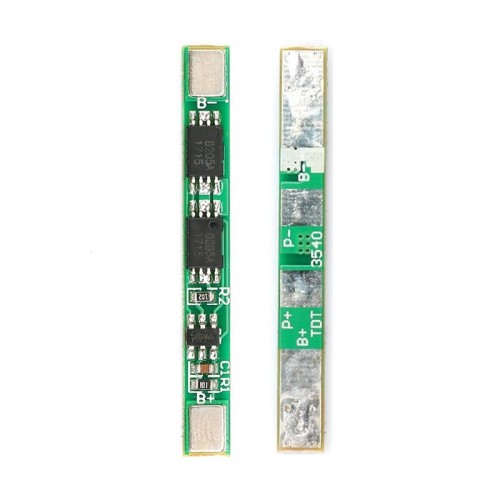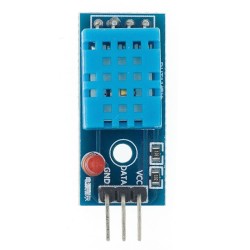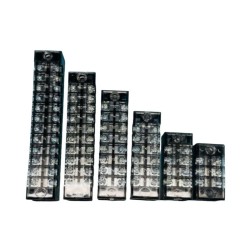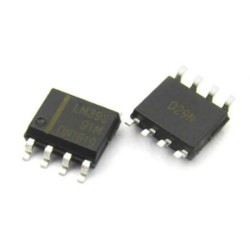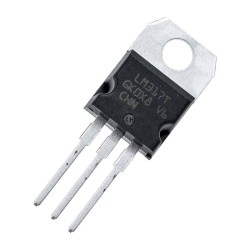1S 3A (3000mAh) 3.7v 2X MOS Li-Ion 18650 / LiPo Battery Management System / Battery Protection Board Module
- Brand: Other Brands
- Product Code: OCPS91560125
- Availability: 50
-
₱50.00
A BMS (Battery Management System) or battery protection board for a 1S (single-cell) lithium-ion battery with a 40A current rating is a critical component designed to ensure the safe and efficient operation of the battery. Here are the key features and functions of a 1S 40A BMS:
Key Features:
* Overcharge Protection: The BMS prevents the battery from being overcharged by monitoring the voltage and disconnecting the charging circuit when the voltage exceeds a safe threshold (typically around 4.2V for lithium-ion batteries).
* Over-discharge Protection: It also protects the battery from being over-discharged by disconnecting the load when the voltage drops below a certain level (usually around 2.5-3.0V). This helps prevent damage to the battery cells and extends their lifespan.
* Overcurrent Protection: The BMS is designed to handle high current loads up to 40A. It protects the battery from excessive current draw by disconnecting the load if the current exceeds the safe limit.
* Short Circuit Protection: In the event of a short circuit, the BMS quickly disconnects the battery to prevent damage and potential hazards.
* Temperature Protection: Some BMS units include temperature sensors to monitor the battery temperature and prevent overheating by limiting the charging or discharging process.
* Balancing: For multi-cell configurations, a Balancing function ensures that all cells are charged to the same voltage level, which helps in maintaining the health and longevity of the battery pack. However, for a single-cell (1S) configuration, balancing is not applicable as there is only one cell to manage.
Components of a 1S 40A BMS:
* Control IC: The brain of the BMS, it monitors the voltage, current, and temperature of the battery and makes decisions to protect the battery.
* MOSFETs: These act as electronic switches to disconnect the battery from the load or charger when necessary.
* Current Sensor: Measures the current flowing into and out of the battery.
* Voltage Dividers: These are used to monitor the voltage of the battery cell.
* Temperature Sensor: Monitors the battery's temperature to prevent overheating.
* PCB (Printed Circuit Board): The board on which all components are mounted.
Applications:
* Electric Vehicles (EVs): Ensures the safe operation of the battery pack, managing high current loads and protecting the cells.
* Power Tools: Used in high-power tools to manage battery performance and safety.
* RC (Radio-Controlled) Devices: Manages the high current demands of motors and other components in RC cars, boats, and drones.
* Portable Power Banks: Ensures safe charging and discharging of the battery.
* Solar Energy Systems: Manages the storage of energy in battery systems, ensuring safe and efficient operation.
Example Scenario:
Imagine you are using a 1S 40A BMS in a high-power flashlight. The flashlight requires a high current to operate its powerful LED, but you also want to ensure the battery is not damaged during use. The BMS will protect the battery by ensuring it does not overcharge, over-discharge, or draw too much current, thereby extending the battery life and ensuring safe operation.

